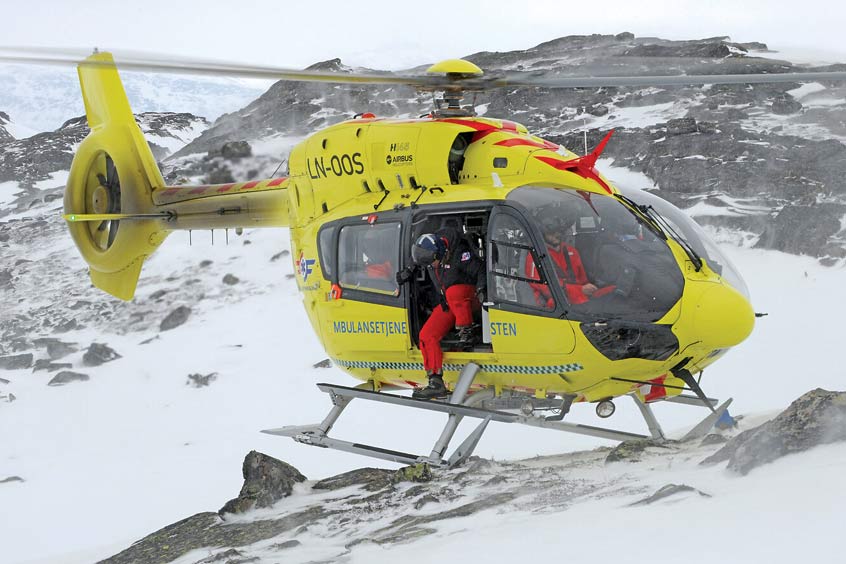ACE 2026 - The home of global charter.
 The bimonthly news publication for aviation professionals.
The bimonthly news publication for aviation professionals.

The Norwegian Air Ambulance has placed an order for two five-bladed H145s to be used for life-saving missions in Norway.
“I would like to thank the Norwegian Air Ambulance for its continued trust in our helicopters to support their essential, life-saving missions,” says Thomas Hein, head of Europe region at Airbus Helicopters. “We're proud that it is further expanding its fleet of five-bladed H145s.”
Leif Olstad, CEO of the Norwegian Air Ambulance, adds: “The five-bladed H145 has proven to be the perfect helicopter for our HEMS operations. With the new helicopters we will continue to serve the people of Norway with the best equipment to ensure the most effective service possible.”
Today, Norwegian Air Ambulance operates all 13 HEMS bases in Norway using an entirely Helionix-equipped fleet of H135s and H145s. The organisation’s parent company, the Norwegian Air Ambulance Foundation, was the first operator in the world to take delivery of a five-bladed H145 in 2020.
The new version H145 light twin-engine helicopter adds an innovative five-bladed rotor to the multi-mission aircraft, increasing the useful load by 150 kg. The simplicity of the bearingless main rotor design also eases maintenance operations, further improving the benchmark serviceability and reliability of the H145, while improving ride comfort for passengers and crew.
In total, there are more than 1,600 H145 family helicopters in service, logging a total of more than seven million flight hours. Powered by two Safran Arriel 2E engines, the H145 is equipped with FADEC and the Helionix digital avionics suite. It includes a high performance four-axis autopilot, increasing safety and reducing pilot workload. Its particularly low acoustic footprint makes the H145 particularly quiet, while its CO2 emissions are considerably low.